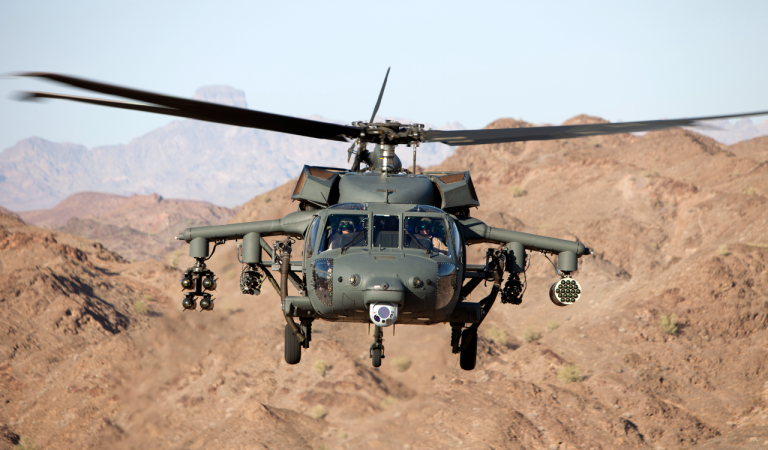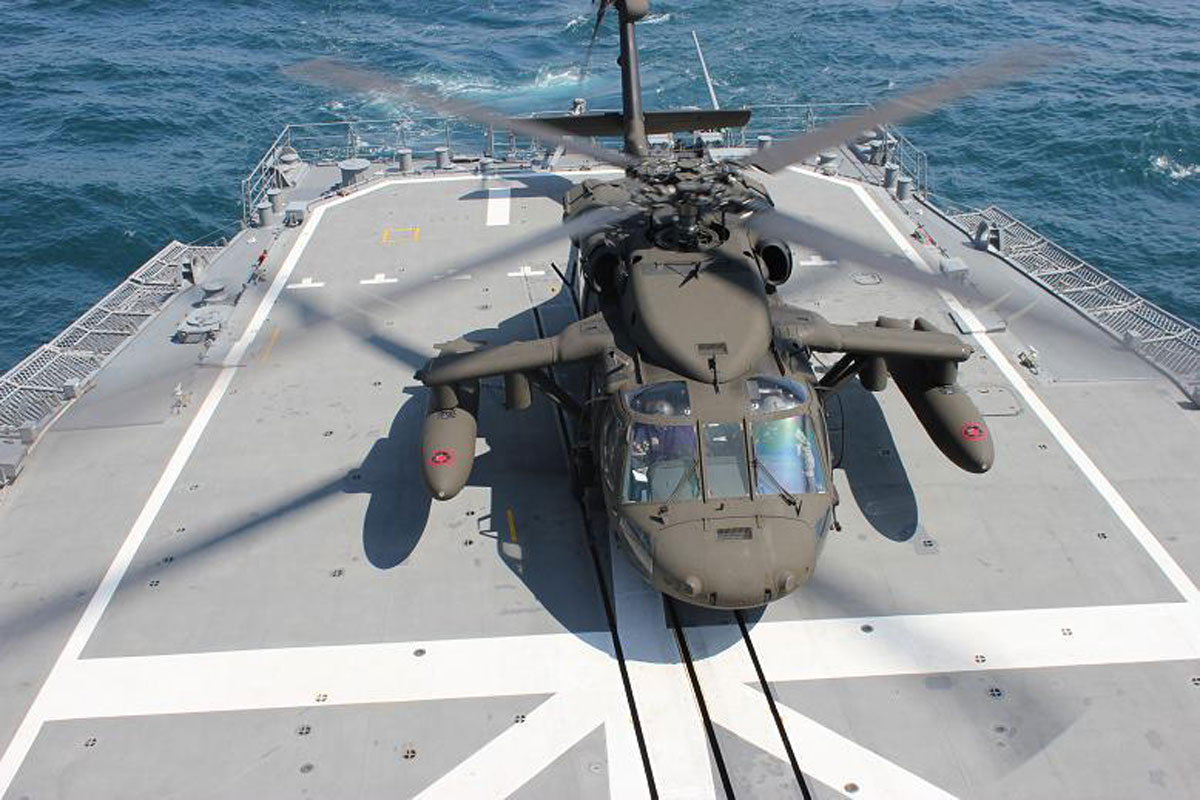Necessary Facts and Insights About the UH-60 Helicopter
The UH-60 helicopter, a cornerstone of contemporary military aviation, has actually progressed significantly given that its introduction in 1979. Recognizing the intricacies of the UH-60's role exposes an intricate narrative of innovation and adaptation that qualities better exploration.
Background of the UH-60
The UH-60 Black Hawk helicopter was created in the late 1970s as part of the United States Military's campaign to change the older UH-1 Iroquois. The demand for a much more versatile, sturdy, and qualified aircraft emerged from the lessons found out during the Vietnam Battle, where the constraints of the UH-1 ended up being obvious. In 1972, the Military initiated a program to obtain a new energy helicopter, culminating in a competitive style stage that saw several producers send propositions.
Sikorsky Aircraft was eventually granted the contract in 1976, and the first model of the Black Hawk flew in 1974. Its layout concentrated on advanced technology, consisting of a four-blade rotor system and a modular construction that enabled rapid area maintenance and adaptability to different goals. Officially going into service in 1979, the UH-60 quickly became the foundation of Military air travel, serving in a multitude of roles such as army transportation, medevac, and logistical assistance.
Over the years, the Black Hawk has undertaken numerous upgrades and alterations, solidifying its status as an important property in army operations around the globe (UH 60). Its robust efficiency remains to satisfy the advancing needs of modern war
Design and Features
Incorporating advanced engineering concepts, the UH-60 Black Hawk features a sleek, aerodynamic layout that boosts its efficiency and effectiveness. This twin-engine energy helicopter is characterized by its distinctive silhouette, with a high-mounted, four-blade major rotor system that provides exceptional lift and stability. The rotor blades are built from composite products, contributing to their resilience and decreasing maintenance demands.
The body is developed for ideal weight circulation and architectural honesty, enabling for an optimum gross weight of approximately 22,000 extra pounds. The cabin format helps with versatile arrangements, fitting various objectives, from army transportation to medevac procedures. In addition, the cockpit is equipped with innovative avionics, including electronic screens and multi-functional systems that enhance situational understanding.
The UH-60 also incorporates composite materials in its airframe, which lower radar cross-section and improve survivability in aggressive atmospheres. Its retracting landing gear streamlines the airplane's profile, more adding to its wind resistant effectiveness. Overall, the thoughtful integration of layout components and products not only boosts the Black Hawk's operational capabilities yet likewise ensures that it remains an essential possession for objectives across varied terrains and conditions.
Operational Capacities


The UH-60 is furnished with sophisticated avionics and navigation systems, assisting in operations in challenging weather condition problems and reduced visibility scenarios. Its durable style allows it to carry out in high-altitude and extreme temperature level conditions, better extending its functional array. The helicopter's twin-engine setup offers redundancy and improved efficiency, guaranteeing reliability during crucial missions.
Geared up with innovative interaction systems, the Black Hawk boosts situational awareness and sychronisation amongst armed forces systems. In addition, its capability to conduct aerial reconnaissance and assistance close air assistance goals highlights its essential duty on the battlefield. On the whole, the UH-60 Black Hawk's functional abilities are a testimony to its relevance in modern-day army air travel, effectively meeting the demands of a rapidly developing functional landscape.

Modifications and variants
Various versions and modifications of the UH-60 Black Hawk have actually been developed to meet particular goal needs and enhance its operational versatility. The most significant variation is the UH-60L, which introduced updated engines, enhanced avionics, and boosted cargo capacity. In addition, the UH-60M alternative features advanced electronic avionics, an extra powerful engine, and enhanced survivability systems, making it ideal for a larger selection of objectives.
The HH-60G Pave Hawk is another specialized variation, designed for search and rescue procedures. It is equipped with sophisticated navigation systems, exterior gas containers, and clinical discharge capacities. The MH-60R Seahawk is enhanced for anti-submarine warfare and maritime operations, boasting advanced radar and sonar systems.
Moreover, the armed versions, such as the AH-60, are changed for direct attack roles, featuring tool systems like rockets and device guns. The UH-60's adaptability is additional showcased in its capacity to be fitted with mission-specific equipment, including freight hooks for transport, army transportation insides, and reconnaissance sensing units.
These alterations and variations highlight the Black Hawk's necessary function in modern-day military operations, showcasing its ability to adjust to developing objective needs.
Role in Humanitarian Initiatives
The UH-60 Black Hawk has actually stepped up to play an important duty in humanitarian efforts around the globe, demonstrating its convenience past army applications. This multi-mission helicopter is equipped to carry out a range of missions, including medical discharges, calamity relief, and logistical assistance in tough settings.
During natural calamities, such as hurricanes and earthquakes, the Black Hawk has shown vital for transporting relief supplies and personnel to impacted areas. Its capability to run in ascetic problems permits it to reach remote areas that might be hard to reach by ground transportation, making sure prompt help to those in demand.
Additionally, the UH-60 is commonly made he said use of for medical evacuation objectives, swiftly carrying injured people to medical facilities. Its sophisticated clinical abilities, consisting of room for clinical personnel and devices, enable life-saving interventions during vital scenarios.
In global operations, the Black Hawk regularly teams up with altruistic companies, showcasing its flexibility and dependability. By leveraging its capacities, the UH-60 not just sustains armed forces purposes yet also plays a vital function in saving lives and alleviating suffering throughout altruistic situations worldwide.
Conclusion
The UH-60 helicopter has developed itself a knockout post as a critical asset in armed forces procedures given that its introduction, defined by its robust layout and versatile abilities. Its numerous arrangements satisfy a vast array of missions, from troop transportation to clinical evacuation. Furthermore, the UH-60's contributions extend past battle, playing a substantial function in humanitarian efforts worldwide. The continuous evolution of this aircraft emphasizes its value in modern aeronautics and its adaptability to satisfy diverse Continue functional demands.
The UH-60 Black Hawk helicopter was developed in the late 1970s as part of the United States Military's effort to replace the older UH-1 Iroquois.Including innovative engineering principles, the UH-60 Black Hawk features a sleek, wind resistant design that improves its performance and efficiency.Maximized design and advanced design permit the UH-60 Black Hawk to excel in a range of functional duties. Overall, the UH-60 Black Hawk's functional capabilities are a testament to its significance in modern-day military aeronautics, successfully fulfilling the needs of a rapidly advancing operational landscape.
Various variations and adjustments of the UH-60 Black Hawk have actually been established to meet specific mission requirements and improve its operational adaptability.